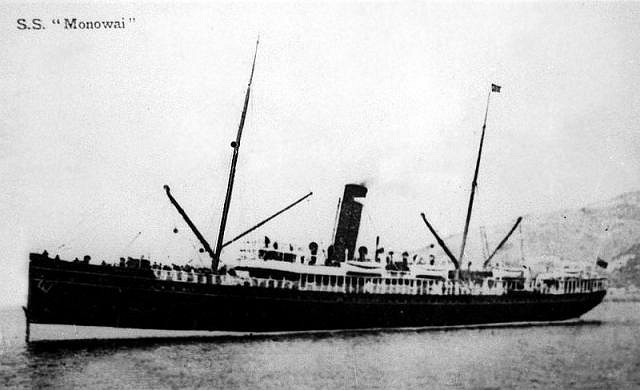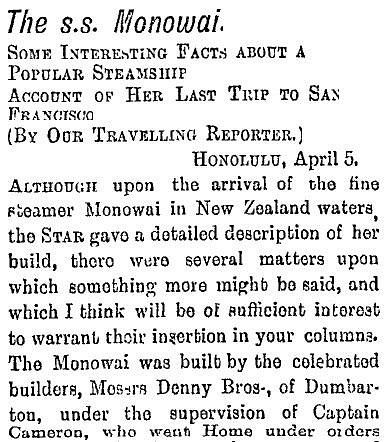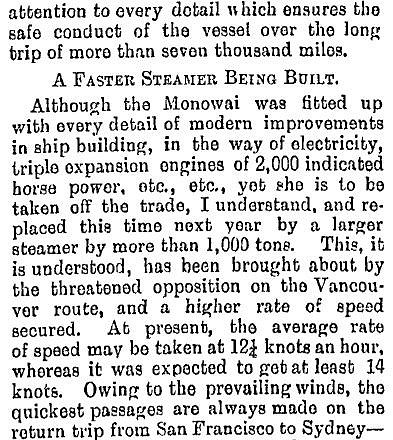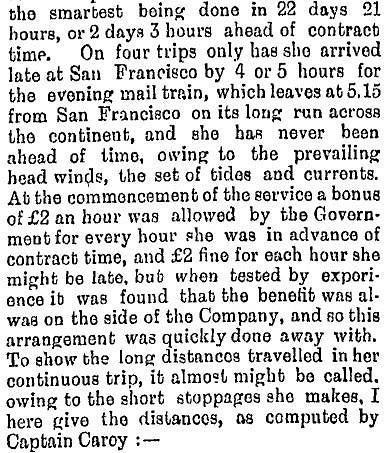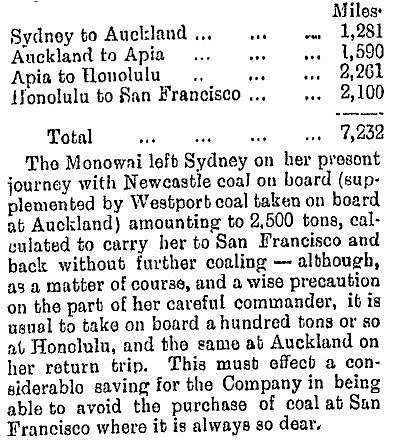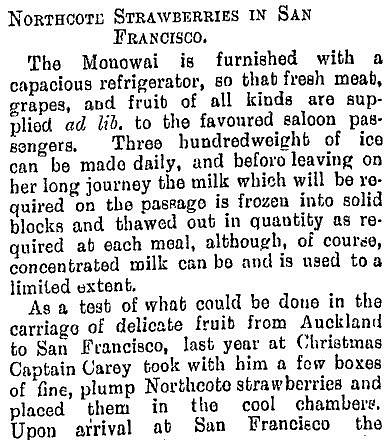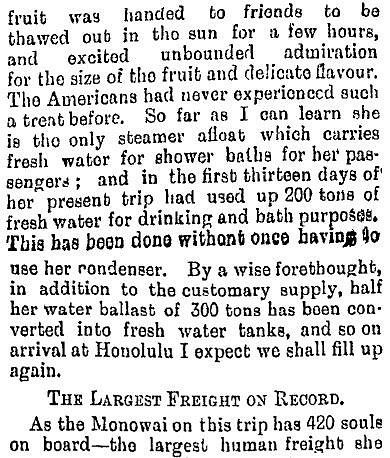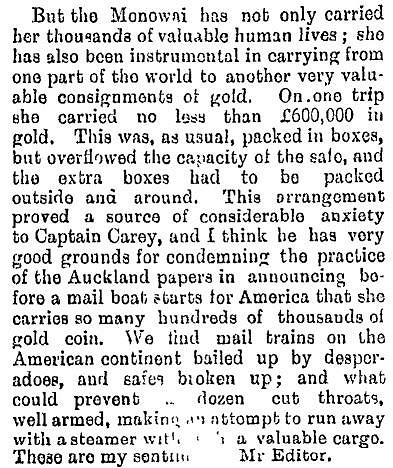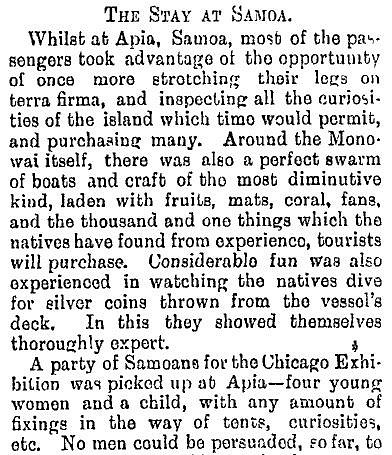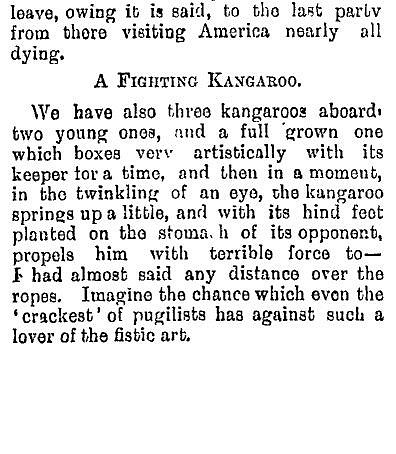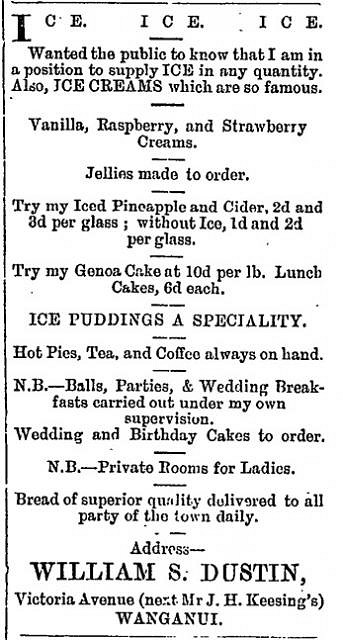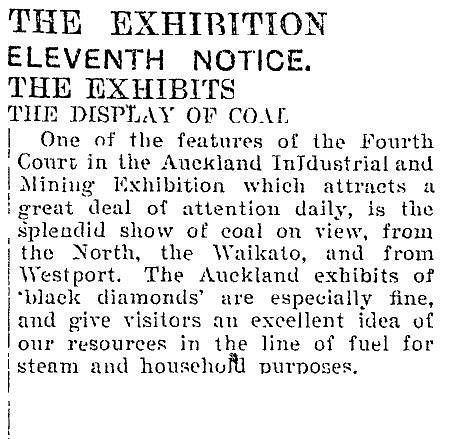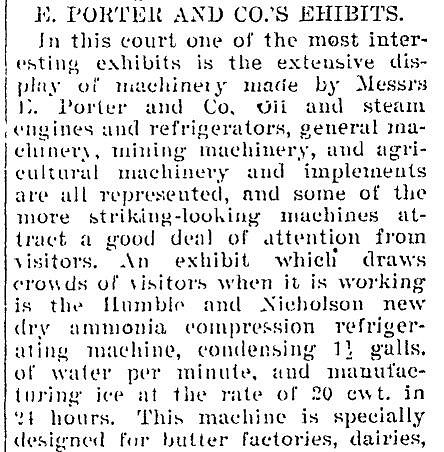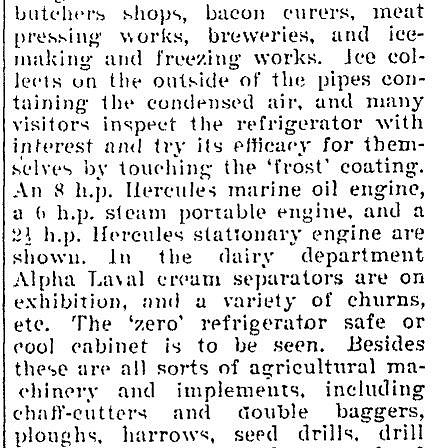Tiki Central / Tiki Drinks and Food / The real Dr. Funk
Post #632872 by TikiTomD on Wed, Apr 18, 2012 1:06 PM
|
T

TikiTomD
Posted
posted
on
Wed, Apr 18, 2012 1:06 PM
Rawim and GentleHangman, thank you for the kind words. This was truly a fun project for me. It’s amazing what you can dig up on people, places and events so far away in time. It felt as if one were dropping in like Doctor Who in the TARDIS. TropicDrinkBoy, good of you to share your approach in concocting an authentic Doctor Funk cocktail. By the time of Frederick O’Brien’s visit to Tahiti, ice was available and being served in the drinks along the lagoon-front bars of Papeete. So I think you’d be historically accurate to include ice in the drink if desired. Practical refrigeration units were developed around the mid-19th century. In the latter part of that century, steamships serving the ports of Oceania were outfitted with mechanical refrigeration units that could both make ice and refrigerate foodstuff, principally meat but also fruits and vegetables. Ice would have been a scarce commodity in the South Seas, but harbor towns like Apia, Samoa may have sporadically had access to it when steamships hauling passengers and refrigerated cargo docked. The Union Steamship Company of New Zealand’s S.S. Monowai is one example of such a ship, put into service circa 1890 and plying the waters of the Pacific with regular stops in Apia, Samoa in the time of Robert Louis Stevenson (see paragraph under heading “Northcote Strawberries in San Francisco” for refrigeration capabilities)...
The Auckland Star June 24, 1893 Larger towns and cities of New Zealand and Australia apparently had resident ice-making machinery in the same period, as suggested by the following Wanganui, New Zealand ad... The Wanganui Chronicle January 23, 1892 Refrigeration equipment captivated the crowds at this 1898 industrial exhibit in Auckland, New Zealand... The Auckland Star December 15, 1898 The “cwt” unit of measure in the article is hundred weight. So, the ice machine cited as capable of producing 20 cwt in 24 hours could make 2000 pounds (1 ton) of ice per day. -Tom |

